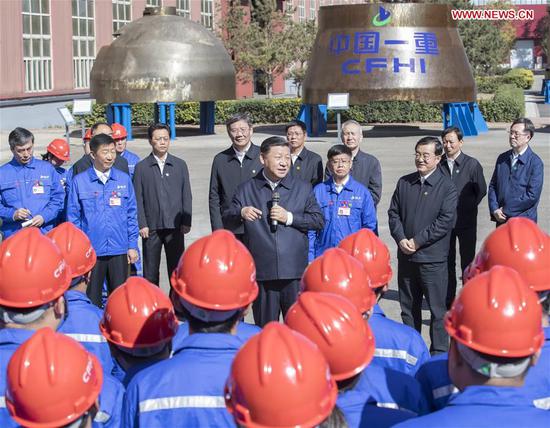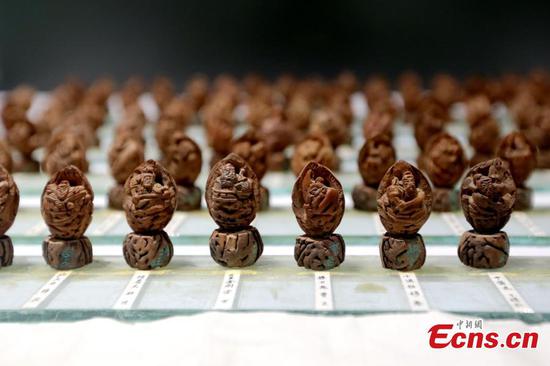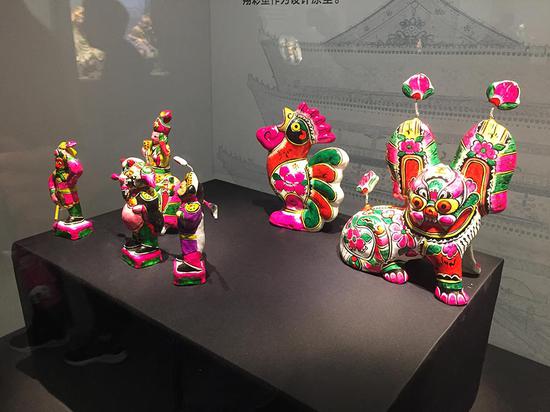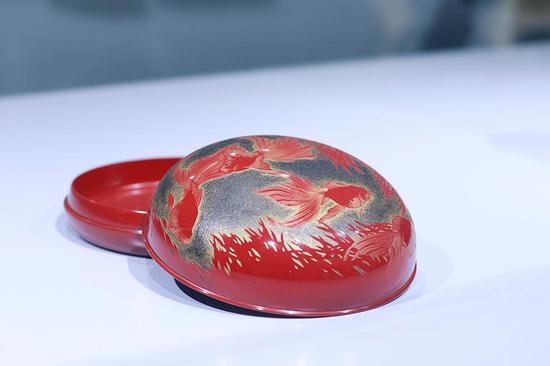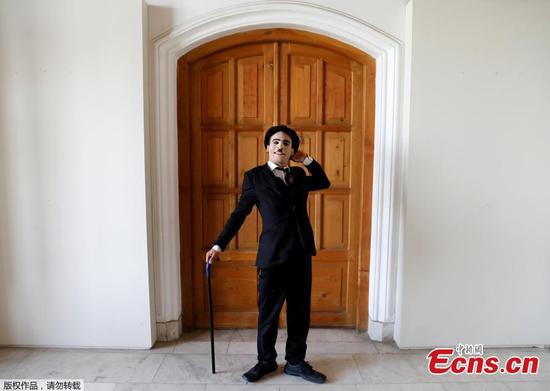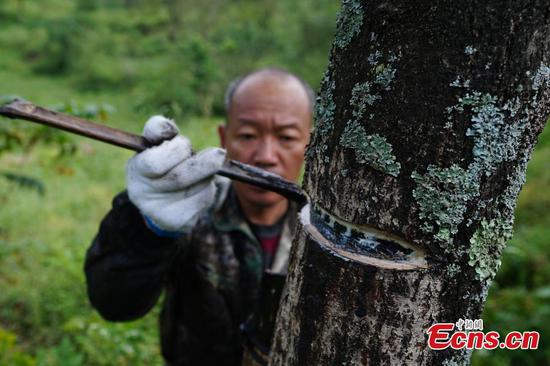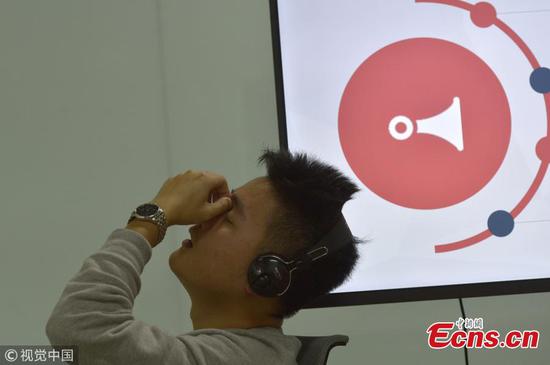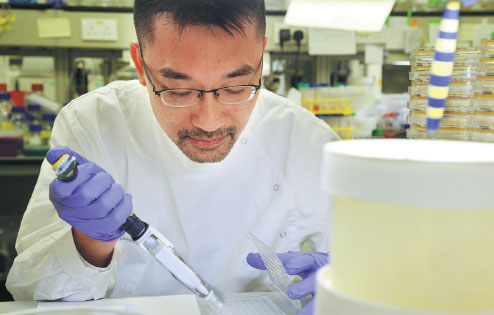
Richard Kao Yitsun,associate professor at the Department of Microbiology at the University of Hong Kong, discovered a nonantibiotic compound that may beat MRSA. (Photo by Calvin Ng/China Daily)
Researchers in Hong Kong believe they may have discovered a way to prevent superbugs mutating and beating antibiotics.
Ever since the first case of Methicillin-resistant Staphylococcus aureus infection, or MRSA, struck Hong Kong in 2004, researchers have sought a cure for the deadly flesh-eating bacteria.
In 2007, the drug-resistant bug infected 173 people in the city, while 1,258 people were diagnosed with it last year.
The scourge of MRSA is worsening in the city because the infection is developing a resistance to antibiotics which countered ordinary staphylococcus infections, but are no longer effective.
Richard Kao Yi-tsun, an eminent microbiologist who discovered a compound to defeat Severe Acute Respiratory Syndrome, which killed almost 300 people in the city in 2003, is at the forefront of the research.
As associate professor at the Department of Microbiology at the University of Hong Kong, his greatest professional concern is that the treatment of MRSA has become more difficult, and even healthy people are at risk.
Since 2009, Kao and his research team at the university have been working to discover how MRSA multiplies, spreads and affects its host.
As the research leader, Kao has focused on identifying the factors that make MRSA so virulent. At the top of his agenda was a formidable pathogen, the evolved strain of S. aureus, which is resistant to virtually all antibiotics.
"There is no one measure effective at controlling drug-resistant bacteria - or superbugs, as people call them. MRSA are drug-resistant bacteria," Kao said.
Though there is no official data on MRSA's mortality rate in Hong Kong, Kao calculated the figure during discussions with frontline physicians. The average death rate among pneumonia patients with MRSA is one in two.
"It's a can of worms arising from indiscriminate use of antibiotics. If we don't hurry to find an effective medication to curb MRSA, it's going to be more catastrophic," Kao said.
After almost a decade of work, he made a breakthrough earlier this year when he discovered M-21, a non-antibiotic compound capable of preventing MRSA from producing multiple toxins.
M-21 binds to an enzyme called ClpP and inhibits its activity. ClpP, a major cause of virulence in MRSA, controls the production of two toxins that rupture white blood cells and cause skin abscesses. They are major contributors to the virulence of MRSA.
"M-21 works as if it hampers MRSA from manufacturing ammunition. It doesn't kill the bacteria but is capable of subduing the virulence inside it," Kao said. "Simply put, we want to use M-21 to make the once-harmful MRSA harmless. Leave the 'killing' job to the human immune system."
The search for M-21 was long and daunting, but Kao is the world's leading scientist on solutions to fight MRSA through a novel approach that does not require antibiotics.
Control strategies
Since MRSA emerged in the United Kingdom in 1961, scientists worldwide have been searching for new antibiotics to control it. However, the superbug has continued to mutate rapidly, is highly resilient, and many efforts to control it have failed.
The bacteria no longer respond to an entire class of penicillin-like antibiotics called beta-lactams. Though an aggressive antibiotic called vancomycin has been used as a last resort, it is costly and causes side effects. A vancomycin-resistant S. aureus strain, though rare, emerged in 1988 in France.
In response, Kao abandoned orthodoxy. In 2009, he went against the prevailing attitude that called for new antibiotics to fight the superbug a year before the World Health Organization declared MRSA a "global threat".
"The fight against superbugs resembles the 'Tortoise and the Hare'. It's hard for humans to catch up with the speedy hare - in this case, the rapidly changing antibiotic-resistant bacteria," he said. As in the old fable, the best hope is that "slow and steady wins the race".
Antibiotics killed bacteria but the tougher, more resilient bugs mutated, making themselves resistant to antibiotics before swiftly multiplying and taking over previous strains. Kao wanted to break that circle.
He devised a luminescence-signaling system that indicates the amount of toxins secreted by MRSA - the dimmer the luminescence reading, the fewer toxins generated. More than 50,200 non-antibiotic compounds were tested for their reactions to MRSA. Among them, Kao found that after being injected with M-21 the bug exhibited significantly lower luminescence. "This indicated that M-21 hinders MRSA from producing toxins," he said.















